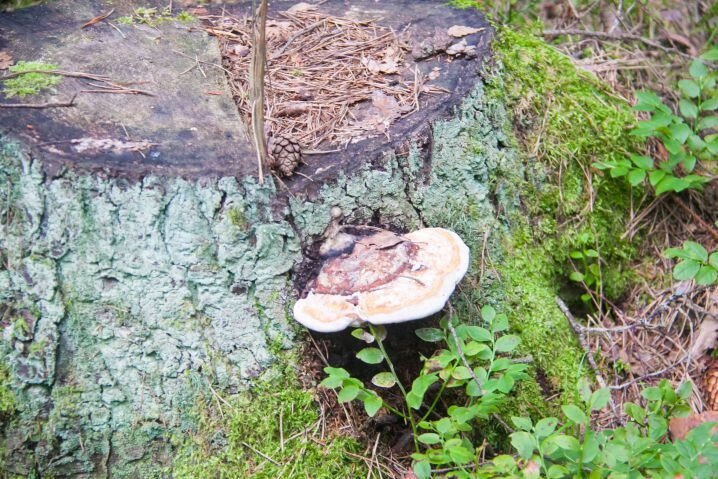If for some reason you need to get rid of a tree on your property, you can simply cut it down.
But it is the stump that remains from it that can cause inconvenience in the future.
And it’s not just a matter of aesthetics: if old stumps are not removed, they can harm nearby trees and plants, as they gradually rot and become carriers of various diseases, and they also harbor many pests and bacteria that contaminate groundwater.

Uprooting is the best option in this case, but it requires so much effort that many try to avoid it by treating the stump and root system with chemicals.
Their correct use also allows you to get rid of fungus and diseases. This method is also effective in tandem with uprooting, when the roots cannot be completely removed. Chemical compounds are used to remove all residues.
There are the following methods of using chemicals.
You need to take a drill with a drill bit that has a diameter of at least 20 mm and a length that corresponds to the height of the stump, and make 2 holes in it (vertical - in the center and horizontal - at the bottom, closer to the ground).
An important condition is the intersection of these holes. Then you need to take a piece of cotton fabric, soak it well with kerosene or a fire starter, put it in the upper hole and set it on fire, adding another 100 ml of fuel there beforehand.
The lower hole here is used for air flow. If the stump is old, then most likely one such bookmark will be enough, but if it is fresh and damp, then several.
Use a drill to make several holes at the end of the stump and fill it with one of the following substances: urea, ammonium or potassium nitrate, copper sulfate, salt.
Then add water, cover the holes with clay or close them with a wooden plug, and tie the stump tightly with a bag.
In six months or a year, the stump will rot itself and can be easily chopped up. If the stump will not burn, it is better to use salt or copper sulfate.
It is not recommended to use other substances because they do not decompose in the soil and therefore can get to newly grown plants and then to humans.
When using both methods, precautions must be taken, especially if there is strong wind, nearby buildings, gas, or flammable materials.
It is also better to obtain permission to burn a stump from the Ministry of Emergency Situations, since this may result in a large fine.
Since the smoldering will take a long time, you need to make a fence for the stump from non-flammable boards, prepare fire extinguishers or containers with water.
Chemical methods can harm the soil and, accordingly, plants and fruits, so the ideal solution is to use the uprooting service. Mechanical uprooting is more effective and takes much less time than manual uprooting.
